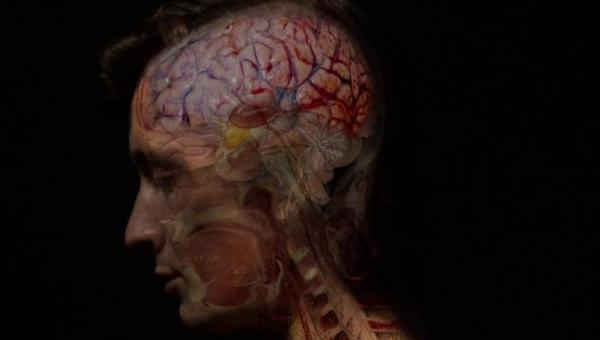The faux documentary has become somewhat of a cliché for first time horror directors, but with low production costs and easy scares who can blame them. Drawing heavily on Romero classics, Dejoie’s début picture THE GERBER SYNDROME exploits our fears of fatal pandemics on a personal, as well as national level; divides of society being ripped apart.
Itself splitting down two threads, the film follows both the daily rounds of Luigi, (Piluso), henchman for the mysterious “Central Security”, delegated to control the outbreak; and the slow descent of student Melissa (Bartola) into the malaise. As “Gerber’s” worsens, the seemingly harmless young girl becomes an infected time-bomb placing relentless stress on relationships with her boyfriend and between her parents. Meanwhile the urban Italian nights are explored with the complex and embittered Luigi, packed with the stumbling not-yet-dead, ready to be delivered to the asylum-like treatment centres.
Both fast-spreading diseases and documentaries gone-wrong, are familiar territories for horror, and this maybe why Dejoie’s bleak vision never truly terrifies. Somehow rabid cannibals just aren’t scary enough any more. Yet, in truth it is the film’s subtlety and intelligence that more than delivers it as a spectacle. Even-handed towards both delicate issues and delicate characters – all too often neglected – gives THE GERBER SYNDROME an elegance that is to be admired. Similarly well thought-out peripheries to the central cataclysm, such as the infestation’s effect on night-life, show sparks of ingenuity and social awareness.

